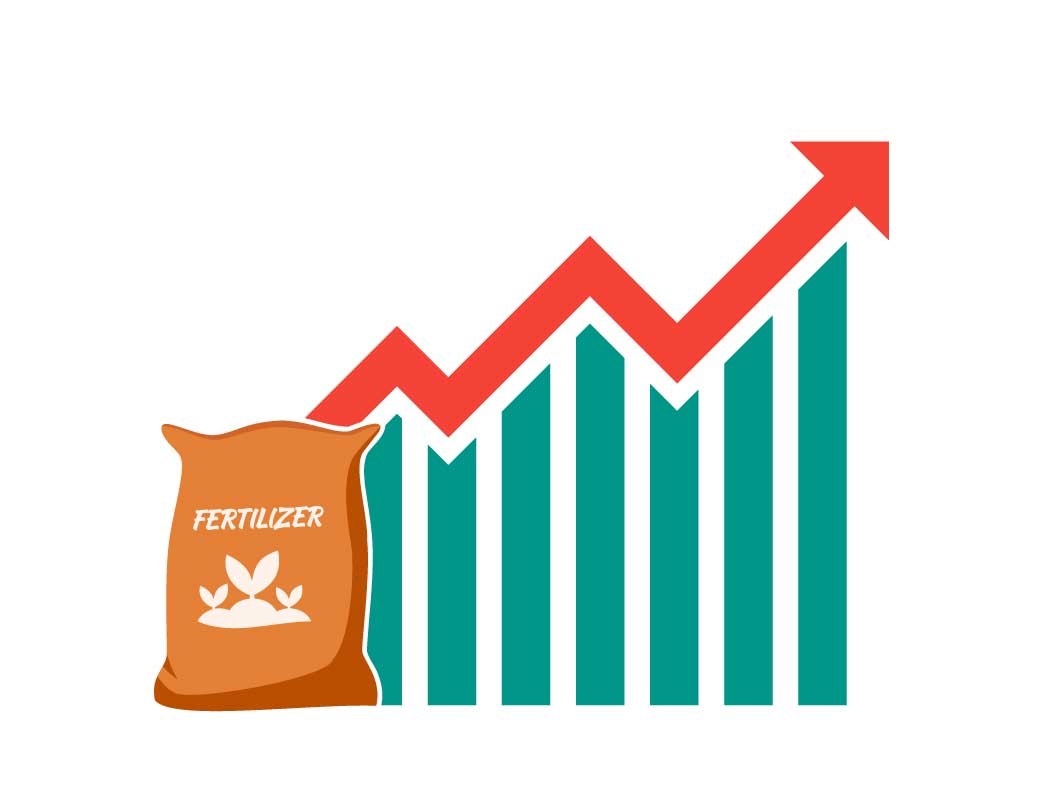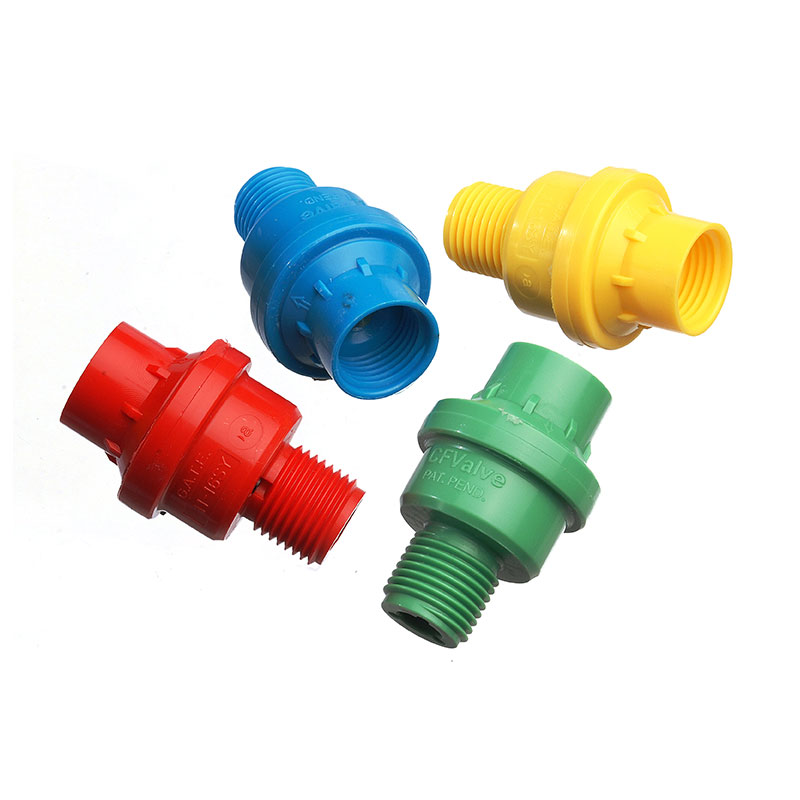
Agrochemicals prices have shot up this year, bringing more misery to growers big and small and impacting food prices as a result.
In its December newsletter, the Agriculture and Horticulture Development Board (AHDB), the levy board which represents farmers, growers and others in the supply chain, reported that fertiliser prices paid in September were up 9% on the last previous quarter and 139% higher than a year earlier. It continues that the volatility on natural gas markets, combined with rising gas prices has led some fertiliser manufacturers to halt or reduce production, resulting in the UK becoming more dependent on imports, further adding to the costs.
While there are many innovative products or accessories that can be used on a large, agricultural spraying scale to deliver fertilisers and other agrochemical products more efficiently and accurately, the same is not true for smaller-scale manual spraying. Manual backpack sprayers and handheld compression sprayers can overspray if not used correctly but there are accessories which are easy to use and which can significantly help reduce costly wastage.
Flow regulators
These are more accurately termed pressure regulator valves. The flow rate from any spraying system will depend on the pressure the nozzle sees. The higher the pressure, the higher the flow rate. The problem with compression sprayers is that the pressure available will vary. As the tank depressurises as you spray, pressure drops and so does flow rate until you pump it up again. You can keep a pretty steady pressure by keeping the tank pressurised with regular pumps of the handle but there will, none the less, be some variation on pressure and flow.
sees. The higher the pressure, the higher the flow rate. The problem with compression sprayers is that the pressure available will vary. As the tank depressurises as you spray, pressure drops and so does flow rate until you pump it up again. You can keep a pretty steady pressure by keeping the tank pressurised with regular pumps of the handle but there will, none the less, be some variation on pressure and flow.
Regulator valves solve this. They come in 1 , 1.5, 2 or 3 bar. Once fitted to the spray lance on a sprayer this valve will regulate the pressure the nozzle “sees” down to whatever pressure the regulator is fixed at. If the available pressure is lower than the regulators rating then it will cut off the spray. It is important to note that they only regulate pressure DOWN as the can’t create more pressure than is available.
Pressure within a standard backpack sprayer will get up to about 4 bar when fully pressurised. So when, for example, a 1.5 bar regulator is fitted, a fully pumped backpack sprayer will spray only as if the nozzle were seeing 1.5 bar and will continue to spray at that seen pressure until such time as the actual available pressure in the tank falls below 1.5 bar. In this way, we get a consistent flow rate through the nozzle.
Click here to view pressure regulators.
The Dosimeter
The Dosimeter works in a different way. The dosing valve has a fixed dosing chamber that fills when the trigger is in the release position. When the trigger is pressed the fluid in the chamber is ejected and sprayed. Once the chamber is empty, the spraying will shut off. When the trigger is released the chamber will refill ready for the next dose to be sprayed. The chamber can be calibrated to between 2 and 25ml on the standard model and up to 100ml on our special dosing backpack. Click here to view the Dosimeter. To watch an explainer video, click here.
When the trigger is pressed the fluid in the chamber is ejected and sprayed. Once the chamber is empty, the spraying will shut off. When the trigger is released the chamber will refill ready for the next dose to be sprayed. The chamber can be calibrated to between 2 and 25ml on the standard model and up to 100ml on our special dosing backpack. Click here to view the Dosimeter. To watch an explainer video, click here.
When to use flow regulators or the Dosimeter
Flow regulators are best suited for use in continual spraying applications. If you want to treat an area of lawn or some crops in a field then the flow regulator will be the dosing system of choice. The variable that needs to be worried about is walking speed as this will clearly also affect dosing but with a regulator valve fitted you won’t also need to worry about variable flow rates.
For spot spraying, where a precise dose of chemical needs to be applied to a small area, for example at the base of sapling or into a potted young plant in a plant nursery then flow regulators can help but the operator still needs to exercise manual control over the time of the spray cycle to control the dose. A far better solution in this situation is the Dosimeter as no control over timing is required. Once the calibrated dose is delivere, the spray stops spraying.
We hope this short guide gives a few ideas of how to save precious fertilisers and other agrochemicals as prices remain high or rise further. For any advice or information, don’t hesitate to call us on 01273 400092 or email info@prosprayers.co.uk.
